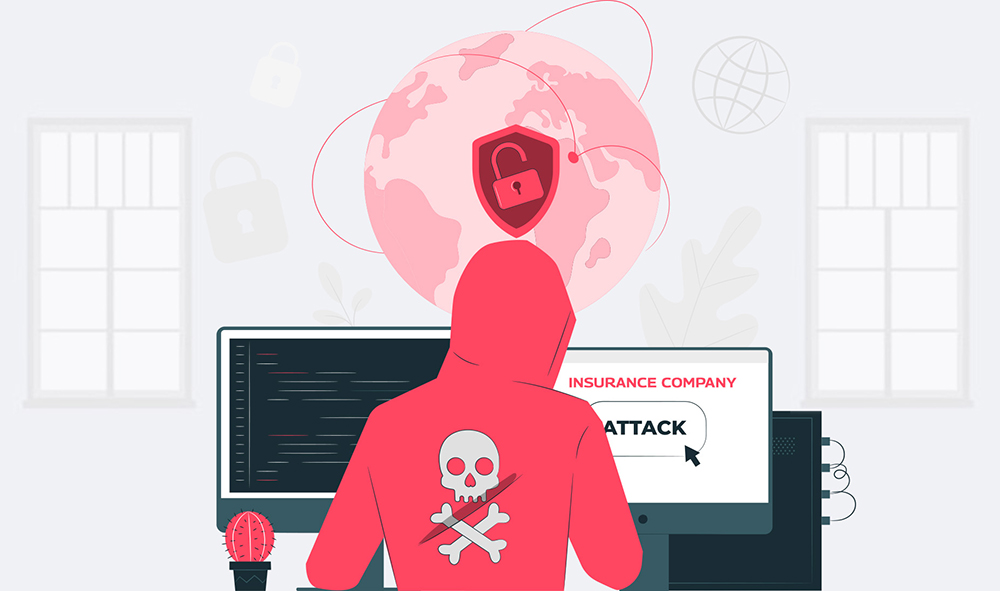Details of the Breach
The scam was discovered when HDFC Life Insurance Company, in its regulatory filing, reported that some of its customer data fields were shared with a third party who might not have a clear intent. In response, the company has initiated a broad investigation to determine the cause and prevalence of the incident. Security consultants are assessing the risks, and an advanced IT security check and trail analysis are underway.
In their response, HDFC Life reaffirmed their commitment to addressing customer complaints and implementing measures to mitigate data risks. “In handling customer complaints, there will be added care to safeguard the interests of the firm, and procedures to do so will be followed,” the firm said.
IRDAI’s Role and Response
The episode has caught the attention of the IRDAI, a major advocate of strong data protection standards in the insurance sector. Following several similar data breaches in other insurance companies, such as Star Health Insurance and Tata AIG, the regulator has repeatedly ordered Information Technology audits and demanded frequent updates on companies’ compliance with data security standards.
In addition, IRDAI has reiterated its stance on data protection for policyholders, urging insurers to strengthen their security systems. Regarding cybersecurity risks, the regulator emphasizes more frequent checks, higher standards, and greater accountability for implemented solutions.
The ability to correctly assess risks and threats in its environment is a major competency any organization must develop to gain a competitive advantage.
Industry-Wide Implications
In the insurance industry, losses of personal data are increasing, raising questions about protecting customers’ rights and identities. Given the large amounts of personal and financial data they hold, insurance companies are prime targets for cyber threats. Consequently, businesses face growing pressure to adopt advanced security solutions and measures.
The HDFC Life example reflects a broader issue within the industry, where insurers have increasingly shifted their focus towards safeguarding information. Recently, industry participants have emphasised real-time threat identification, IT security assessments, and staff education on cybersecurity.
It is important to mention here that the data collected in the framework of these studies is
Industry Problems and Previous Similar Events
This year alone, major insurance companies, including Star Health Insurance and Tata AIG, have suffered data breaches. Such incidents not only exposed customers’ personally identifiable information (PII) but also raised questions about insurers’ ability to handle cyber threats.
The growing frequency of such events has put pressure on IRDAI to raise the regulatory bar further, compelling insurers to take more responsibility for data security breaches. The regulator has prioritized conducting IT audits more frequently, taking immediate corrective actions, and fostering a better attitude toward protecting policyholder information.
The Way Forward
The breach at HDFC Life this year has prompted a swift response, making insurers more conscious of cybersecurity risks. The company is setting a benchmark for handling future cyberattacks by deploying appropriate personnel and conducting thorough investigations.
The insurance sector needs to strengthen its security posture to combat new-generation cyber threats. Some measures to mitigate such risks include collaborating closely with regulatory authorities, adopting advanced security mechanisms, and educating individuals about potential dangers and risks.
Lastly, policyholders’ privacy protection is not merely a compliance issue but is fundamental to the insurance market’s credibility and legal foundation. This change must be led by IRDAI through its continuous engagement with insurers to ensure a safe environment for millions of policyholders.
Source link: https://www.the420.in/hdfc-life-data-breach-customer-security-irda-monitoring/








.png)
.png)
